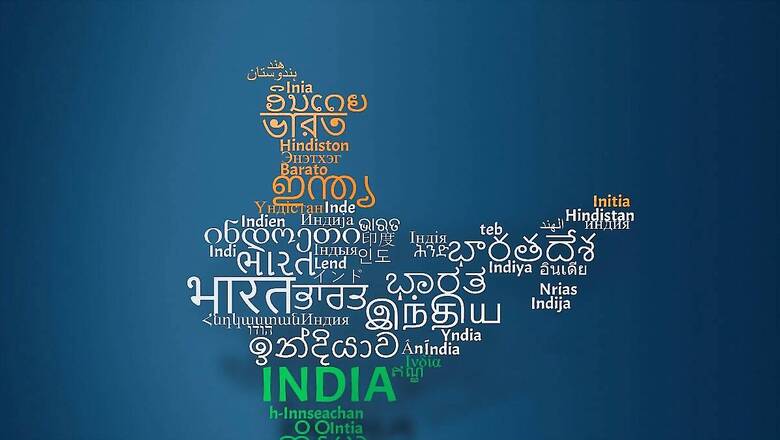
views
After Independence, our country’s freedom fighters and politicians had various tasks from financial crisis to refugees issues to princely states to unemployment and health issues of the masses. According to the NCERT’s class 8 history book chapter ‘India After Independence’, 8 million refugees had come to India from Pakistan. Thereafter came the problem of the princely states. After independence, there were almost 500 independent princely states governed by Maharajas who had to be persuaded to join the new nation.
The problems of the refugees and of the princely states had to be addressed immediately. Further, the adoption of the political system that would best serve the hopes and expectations of its population remained the most worrisome concern of the leaders. Other issues of our independent motherland were divisions between high and low castes, diversity, lack of education, and poverty.
As India is set to celebrate its 77th Independence Day tomorrow, August 15, let’s trace the Indian history soon after our country’s Independence on August 15, 1947.
THE NEED FOR CONSTUTITION
Some three hundred Indians attended a series of talks on the country’s political destiny between December 1946 and November 1949. Although this “Constituent Assembly” had its meetings in New Delhi, its members came from all over India and various political parties. Following these talks, the Indian Constitution was drafted and adopted on January 26, 1950.
Features of the Indian Constitution:
— The Constitution adopted the universal adult franchise as one of its features. The right to vote in state and federal elections will be extended to all Indians over the age of 21. This was a groundbreaking move because Indians had never before been permitted to select their own leaders.
— The Constitution’s provision of equality before the law for all people, regardless of caste or religion, was a further characteristic that makes the Indian constitution stands apart.
— The Constitution’s provision of special rights for the most underprivileged and impoverished Indians was its third component. The “slur and blot” on the “fair name of India”- untouchability was thus removed from the future of our country.
— Our constitution formed three separate lists — Union List, State List and Concurrent List. Union List includes subjects such as taxes, defence and foreign affairs solely governed by the centre. State List comprised education and health, which would be taken care of principally by the states. Concurrent List such as forests and agriculture where centre and the states would have joint responsibilities.
PLANNING TOWARDS DEVELOPMENT
Creating a sophisticated industrial base and rescuing India and its people from poverty were two of the new country’s main goals. A planning commission was established by the government in 1950 to assist in developing and implementing effective economic development plans. There was broad consensus regarding the mixed economy model.
The second five-year plan was created in 1956. This put emphasis on the growth of heavy industries like steel and the construction of big dams. The industries would be governed by the government. The state’s attempt to regulate the economy and its emphasis on heavy industries served as the foundation for economic policy over the following several decades.
INDIA’S FREE AND INDEPENDENT FOREIGN POLICY
India attained independence soon after the end of the Second World War. Among the devastation of the war, a world organisation, what is today known as United Nations was founded in 1945. It was also the time when there was a power struggle and ideological disagreements between the USA and the USSR.
Further, colonial empires were dissolving and other nations gained independence. Free India’s foreign policy was created in this setting by Prime Minister Jawaharlal Nehru, who also served as the newly independent India’s foreign minister. The cornerstone of this foreign policy was non-alignment. The non-aligned movement, which was spearheaded by statesmen from Egypt, Yugoslavia, Indonesia, Ghana, and India, pushed nations not to join either of the two major alliances. It was not a matter of remaining “neutral” or “isolated” that this policy of avoiding alliances was followed.
To learn about other topics taught in school, explained by News18, here is a list of other Classes With News18: Queries Related to Chapters on Elections | Sex Versus Gender | Cryptocurrencies | Economy & Banks | How to Become President of India | Post Independence Struggle | How India Adopted Its Flag | Formation of States & United India | Tipu Sultan | Indian Teachers Day Different from Rest of the World |Queen Elizabeth & Colonialism | Chandrayaan 3 | Article 370 |


















Comments
0 comment